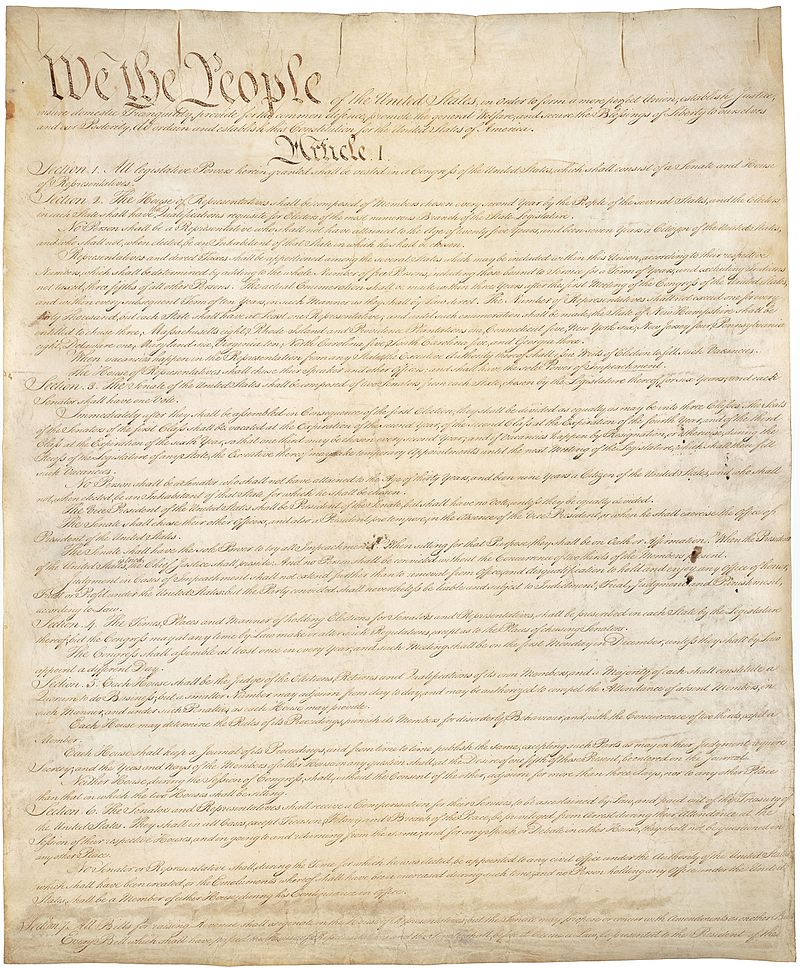Most of us can remember those halcyon days of our carefree early childhood when we attended kindergarten then first and second grade. We had taken a big step outside our familiar surroundings, ventured into an unknown place and were learning the rules of how to behave and interact with the grownups in charge as well as with each other. We began the process of learning to read and write and conduct ourselves as we grew to become the persons we would be. There were clearly defined limits to the do’s and don’ts we navigated in the course of our daily routine. We mostly accepted the rules as they were intended to serve our needs and keep us safe. As we grew and moved up to higher grades over the years, our rules expanded as did our limits. To meet those changing times, we always had to replenish and often upgrade our supplies based on specific needs of more complex classes. This was especially true regarding our school clothes wardrobe. Many among us experience nostalgic amusement when comparing our kindergarten photos with our senior class portrait and all the others in between. The contrast is stark not only in terms of the size of our youthful bodies and what we were wearing on them but also to what we were learning and implements we were using in the process, you know, crayons in kindergarten to a personal computer as a senior. Now, for a moment imagine what a time all of us would have if we were forced to live life as a full-grown person wearing the clothes and using the learning materials we had in kindergarten or first grade. There perhaps are some who could make a go of it but many more would struggle. Now ask yourself if such a circumstance is reasonable in 2023 CE. Is it?
Our beloved nation and home, the United States of America, is using the same governing document it had when it was a fledgling republic. Penned at the Constitutional Convention in September 1787, ratified in 1788 and in use since 1789, it is still the original document; that parchment of rules and requirements all courts and court officers follow dogmatically and to which all elected officials conform or else. The Bill of Rights was ratified in December 1791 and has been amended seventeen times since, but the Constitution of the United States remains as it was written two hundred thirty-five years ago making it the oldest surviving codified governing document in force on the planet.

The framers of the esteemed document pictured above invested the extent of their wisdom and forethought by placing into it a mechanism for amending it (see Article V). Mr. Franklin, Mr. Madison, Mr. Morris and the other contributors produced a first-rate masterpiece of its time rivaling anything in Europe during the Age of Enlightenment. It however had one critical flaw; no means by which to rewrite, upgrade or modernize the language contained therein when scientific progress and social evolution call for it. National growth from acquisition and expansion of territory along with evolvement of the human condition require at very least the use of terminology concurrent with the time of occurrence whether it be in 1840, 1890, 1930, 1975 or 2023. What would be better to describe and address the issues created by new innovations and entities that did not exist in 1787? A new governing document could more closely resemble the nation it guides. Imagine if it were molded to reflect things that shape life in the 21st century like motorization, the electrical power grid, mass media, open heart surgery, air travel, the world wide web, birth control and automatic weapons to name a few. The final edit of the 1787 edition of the Constitution has served the Republic wonderfully but it has proven to be difficult over time in codifying and interpreting laws to conform with the worldview and original intent of the framers. Most reasonable outside observers might agree that it is time for a rewrite of it to best serve the needs of 2023 America, if for no other reason to modernize its language. Does convening a convention and writing a new constitution sound like an over-the-top radical idea? Not everyone may think so. Founding Father and third man elected to the Office of President, Thomas Jefferson, certainly thought highly of the notion. He was known to express his belief in the independence of every generation.
“[E]ach generation” should have the “solemn opportunity” to update the constitution “every nineteen or twenty years”—Thomas Jefferson
Even along this the most Conservative stretch of the Mother Road, the Oklahoma Constitution contains a mechanism for such an occasion. Article XXIV, Section 2 clearly delineates a provision articulated as thus:
“No convention shall be called by the Legislature to propose
alterations, revisions, or amendments to this Constitution, or to
propose a new Constitution, unless the law providing for such
convention shall first be approved by the people on a referendum
vote at a regular or special election, and any amendments,
alterations, revisions, or new Constitution, proposed by such
convention, shall be submitted to the electors of the State at a
general or special election and be approved by a majority of the
electors voting thereon, before the same shall become effective:
Provided, That the question of such proposed convention shall be
submitted to the people at least once in every twenty years.”
With each new Congressional and state legislative session it becomes ever more apparent that the original edition of the Constitution is becoming increasingly inadequate to suit the nation’s needs. Several problems could be reduced or eliminated with a few new rules and parameters such as but not limited to retiring the Electoral College system of Presidential election, term limits for Supreme Court Justices not to mention codification of ethical standards for those appointed, term limits for Congress, restricting access to assault weapons to only military or law enforcement personnel, codification of a media fairness doctrine and guaranteeing open access to lifesaving health care for all citizens to name a few. It would at least be nice to have a supreme governing document that sports terminology, grammar and syntax commensurate with the century it is intended to serve. All this may perhaps be an idealistic pipe dream, but the more the nation remains politically polarized, the Congress stays gridlocked and problems persist, the need for new rules will only grow until something will have to be done. We are rapidly approaching the point where doing nothing will no longer be an option. The 1787 Constitution of the United States was truly the magnum opus of the finest minds of America’s first generation. It should not be an unrealistic desire to have such a wonderful instrument to serve America’s latest generation in 2023.






Not likely to happen, Stan. The Dems are too afraid to rock the boat & now that the Repubs control the Supreme Court they are content to sit back & make conservative changes to the country by that process… opening the Document up via a new Constitutional Convention is the very least thing that the Powers That Be (on either side) want to see happen. Hell, the Equal Rights Amendment has been on the books since 1972, and it still hasn’t actually been enacted… and if a simple amendment to make men & women equal under the law can’t make it, then nothing ever will.